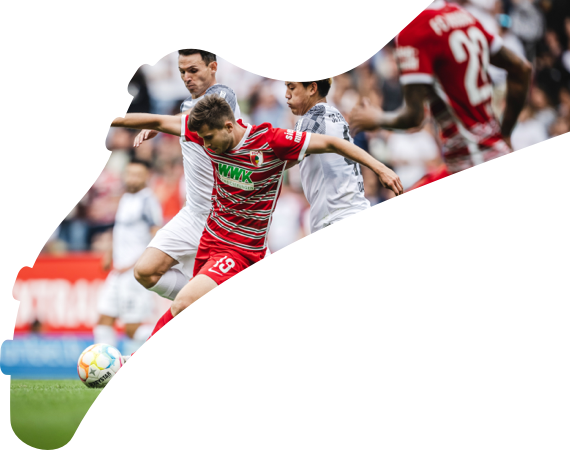
Why Timo Werner's best position for Germany at the World Cup could be on the wing
After Timo Werner's barnstorming second half for Germany on the left wing against Sweden at the World Cup on Saturday, should Joachim Löw just keep the RB Leipzig man there for the rest of the tournament?
And before that tut leaves your lips and you point out that Werner is a striker and Germany already have Marco Reus, Julian Draxler and Julian Brandt to play out wide, take a breath and consider. Is it really so ridiculous?
After all, Germany were a goal down at half-time against the Scandinavians and needed to win in order to avoid going down in history as the first Mannschaft ever to be eliminated from a World Cup at the group stage. Löw brought on Mario Gomez as a traditional target man up front and moved Werner out to the left wing – to great effect. The second half was just three minutes old when the 22-year-old skipped away from his marker, got to the byline and crossed for Reus to equalise.
And with time running out in the 95th minute, Werner went on the charge once again, getting the better of Sweden defender Jimmy Durmaz, who had little option but to bring him down just as he was about to enter the penalty area. It was from the ensuing free-kick that Toni Kroos scored the unforgettable winner.
Moreover, Werner was a menace throughout the second 45 minutes. According to the official FIFA match data, he spent more time in Germany's attacking third (55 per cent) and in the opposition penalty area (22 per cent) than any of his team-mates, while only Reus (51) made more sprints than Werner's 41. In short, the Leipzig forward was in dangerous positions longer than anyone else and was therefore more likely to make something happen. Those two 'assists', then, did not simply come about by chance.
OK, so far, so good. But isn't this all World Cup hype, piggy-backing on one good performance? Well, no. Werner has been doing it all season for Leipzig in the Bundesliga.
As recently as Matchday 28 he took up a similar position on the left wing against Hannover, before scampering down the wing past the defender and crossing for Yussuf Poulsen to score what is in hindsight almost a carbon copy of Reus' goal against Sweden.
Watch: Skip to 01:06 in the video below to see Werner's left-wing assist for Poulsen

It is no anomaly either. Werner frequently drifts out wide to exploit his pace (he reached a top speed of 19.01 mph against Sweden). He set up Bruma against Schalke on Matchday 18 from the right and did the same for Ademola Lookman against Wolfsburg on Matchday 33.
So how likely is Löw to stick with Werner on the flank? His assistant coach, Marcus Sorg, did not exactly rule out the idea, saying, "We thrive on being variable. We need to constantly be changing in order to keep the opposition on their toes."
Furthermore, Löw is not averse to fielding players out of their customary positions if it benefits his team. At Brazil 2014, Philipp Lahm (a right-back) occasionally featured in central midfield, Benedikt Höwedes (a centre-back) played at left-back and Jerome Boateng (also a centre-back) was at right-back in some games.
Click HERE for all the latest South Korea vs. Germany team news and LIVE build-up!


